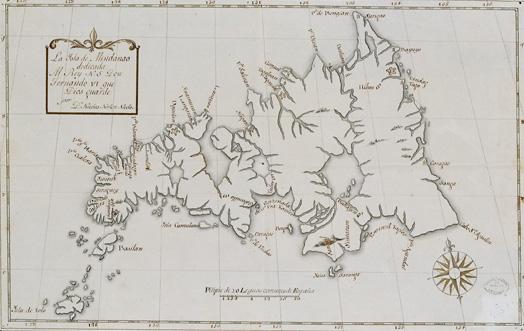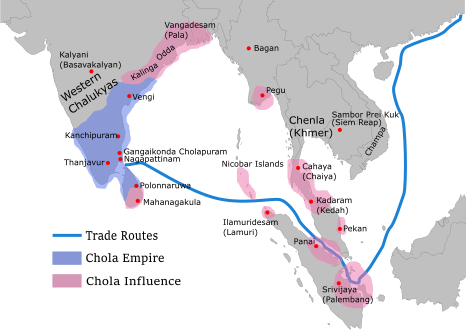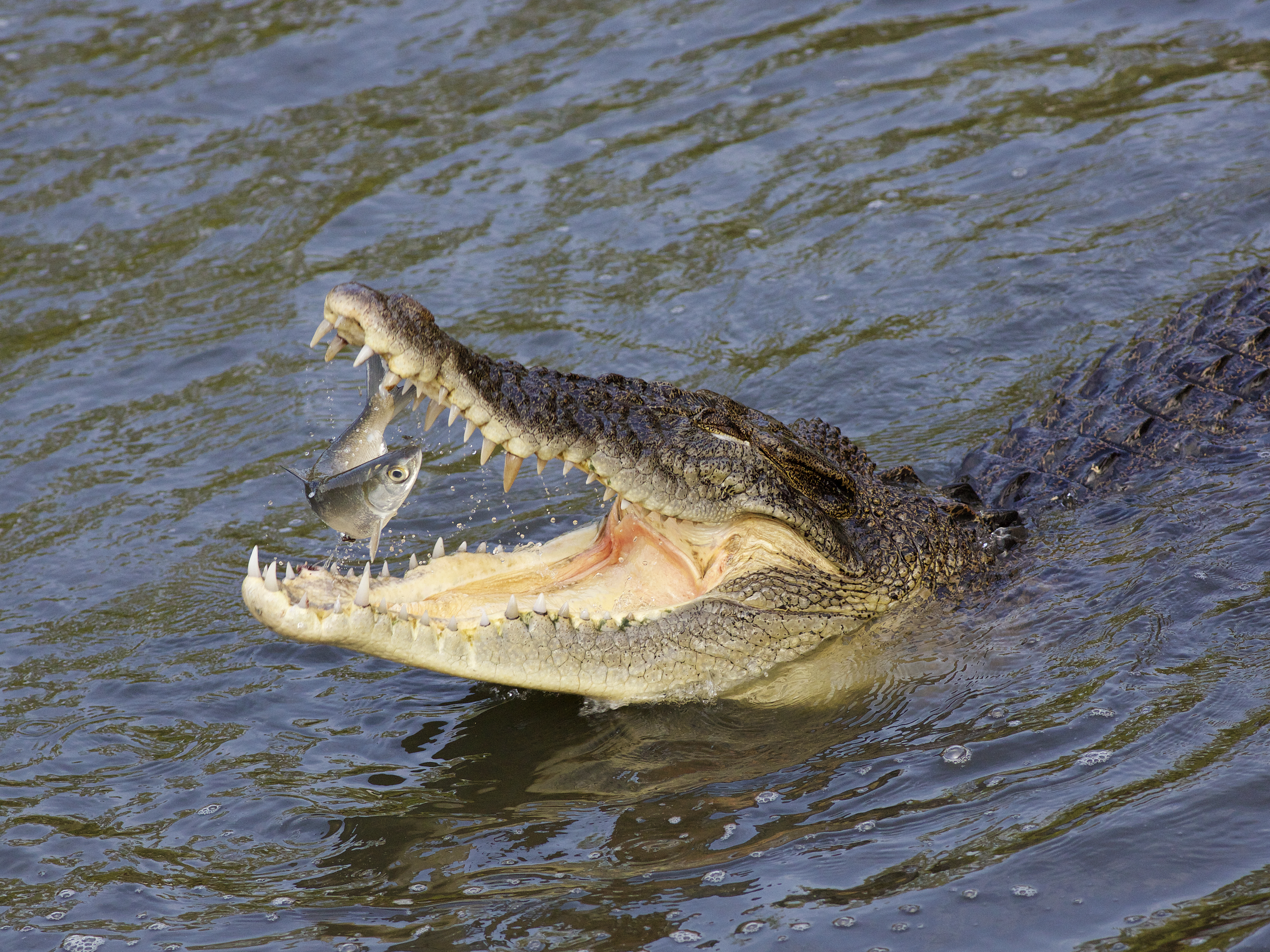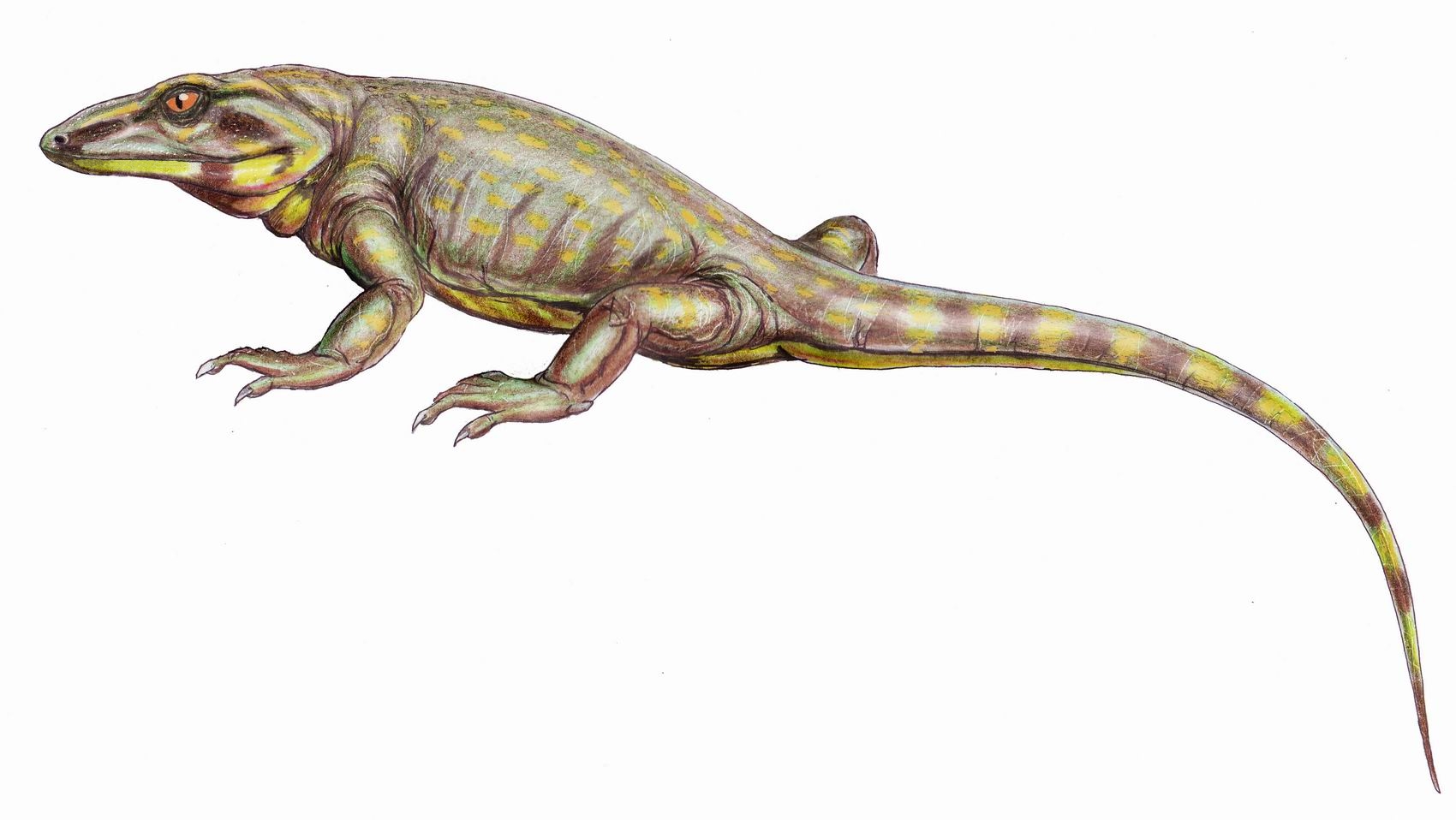|
Eutropis Rugifera
''Eutropis rugifera'', variously known as Nicobar Island skink or rough-scaled sun skink, is a species of skink from southeastern Asia. Description Snout short, obtuse. Lower eyelid scaly. Nostril behind vertical of suture between rostral and first labial; no postnasal; anterior loreal not deeper but much smaller than second; frontonasal broader than long, largely in contact with the rostral and with the frontal: the latter shield longer than the frontoparietals and interparietal together, in contact with the first and second supraoculars; 4 supraoculars, second largest; 6 supraciliaries, first largest; fronto-parietals distinct, larger than the interparietal; a pair of nuchals; 5 (or 4) labials anterior to the subocular, which is large and not narrower below. Ear-opening very small, oval, horizontal, with projecting granules round its border. Dorsal, nuchal, and lateral scales very strongly quinquecarinate; 26 scales round the body, of which 8 or 10 are smooth. The hind limb reac ... [...More Info...] [...Related Items...] OR: [Wikipedia] [Google] [Baidu] |
Ferdinand Stoliczka
Ferdinand Stoliczka (Czech language, Czech written Stolička, 7 June 1838 – 19 June 1874) was a Moravian palaeontologist who worked in India on paleontology, geology and various aspects of zoology, including ornithology, malacology, and herpetology. He died of high altitude sickness in Murgo during an expedition across the Himalayas. Early life Stoliczka was born at the lodge ''Zámeček'' near Kroměříž in Moravia. Stoliczka, whose father was a forester who took care of the estate of the Archbishop of Olomouc, studied at a German Secondary school in Kroměříž. Although Stoliczka published 79 articles from 1859 to 1875, he never wrote anything in Czech. It is believed that he spoke German at home. In his Calcutta years he was an important figure in the German-speaking community there. Stoliczka studied geology and palaeontology at Prague and the University of Vienna under Professor Eduard Suess and Dr Rudolf Hoernes. He graduated with a Ph D from the University of Tüb ... [...More Info...] [...Related Items...] OR: [Wikipedia] [Google] [Baidu] |
Mindanao
Mindanao ( ) is the List of islands of the Philippines, second-largest island in the Philippines, after Luzon, and List of islands by population, seventh-most populous island in the world. Located in the southern region of the archipelago, the island is part of an island group of the same name that also includes its adjacent islands, notably the Sulu Archipelago. According to the 2020 census, Mindanao had a population of 26,252,442, while the entire island group had an estimated population of 27,021,036. Mindanao is divided into six administrative regions: the Zamboanga Peninsula, Northern Mindanao, the Caraga region, the Davao Region, Davao region, Soccsksargen, and the autonomous region of Bangsamoro. According to the 2020 census, Davao City is the most populous city on the island, with 1,776,949 people, followed by Zamboanga City (pop. 977,234), Cagayan de Oro (pop. 728,402), General Santos (pop. 697,315), Butuan (pop. 372,910), Iligan (pop. 363,115) and Cotabato City (pop. ... [...More Info...] [...Related Items...] OR: [Wikipedia] [Google] [Baidu] |
Fauna Of Java
Fauna (: faunae or faunas) is all of the animal life present in a particular region or time. The corresponding terms for plants and fungi are ''flora'' and '' funga'', respectively. Flora, fauna, funga and other forms of life are collectively referred to as '' biota''. Zoologists and paleontologists use ''fauna'' to refer to a typical collection of animals found in a specific time or place, e.g. the "Sonoran Desert fauna" or the "Burgess Shale fauna". Paleontologists sometimes refer to a sequence of faunal stages, which is a series of rocks all containing similar fossils. The study of animals of a particular region is called faunistics. Etymology ''Fauna'' comes from the name Fauna, a Roman goddess of earth and fertility, the Roman god Faunus, and the related forest spirits called Fauns. All three words are cognates of the name of the Greek god Pan, and ''panis'' is the Modern Greek equivalent of fauna (πανίς or rather πανίδα). ''Fauna'' is also the word for a bo ... [...More Info...] [...Related Items...] OR: [Wikipedia] [Google] [Baidu] |
Reptiles Of Borneo
Reptiles, as commonly defined, are a group of tetrapods with an ectothermic metabolism and amniotic development. Living traditional reptiles comprise four orders: Testudines, Crocodilia, Squamata, and Rhynchocephalia. About 12,000 living species of reptiles are listed in the Reptile Database. The study of the traditional reptile orders, customarily in combination with the study of modern amphibians, is called herpetology. Reptiles have been subject to several conflicting taxonomic definitions. In Linnaean taxonomy, reptiles are gathered together under the class Reptilia ( ), which corresponds to common usage. Modern cladistic taxonomy regards that group as paraphyletic, since genetic and paleontological evidence has determined that birds (class Aves), as members of Dinosauria, are more closely related to living crocodilians than to other reptiles, and are thus nested among reptiles from an evolutionary perspective. Many cladistic systems therefore redefine Reptilia as a clade ... [...More Info...] [...Related Items...] OR: [Wikipedia] [Google] [Baidu] |
Fauna Of The Andaman And Nicobar Islands
The Andaman and Nicobar Islands is a union territory of India comprising 572 islands, of which only 38 are inhabited. The islands are grouped into two main clusters: the northern Andaman Islands and the southern Nicobar Islands, separated by a wide channel. The capital and largest city of the territory, Port Blair (officially Sri Vijaya Puram), is located approximately from Chennai and from Kolkata in mainland India. The islands are situated between the Bay of Bengal to the west and the Andaman Sea to the east. The northernmost point is from the mouth of the Hooghly River. Indira Point, located at 6°45'10″N and 93°49'36″E on the southern tip of Great Nicobar, is the southernmost point of India. The territory shares maritime borders with Indonesia located about to the south, Myanmar located to the north-east and Thailand located to the south-east. The islands occupy a total land area of approximately with a population of 380,581 as per the 2011 census. The terri ... [...More Info...] [...Related Items...] OR: [Wikipedia] [Google] [Baidu] |
Reptiles Of Thailand
The following is a list of reptiles of Thailand. There are more than 400 species recorded. Order Crocodylia (crocodilians) Order Testudines (turtles) Order Squamata, Suborder Lacertilia (lizards) Order Squamata, Suborder Serpentes (snakes) Common species Reptile species commonly found in anthropogenically modified environments (i.e., near human settlements) include: *''Calotes versicolor'' (oriental garden lizard) *''Eutropis macularia'' (bronze grass skink) *'' Eutropis multifasciata'' (common sun skink) *''Gekko gecko'' (tokay gecko) *'' Gehyra mutilata'' (stump-toed gecko) *'' Hemidactylus frenatus'' (common house gecko) *'' Hemidactylus platyurus'' (flat-tailed house gecko) *'' Ramphotyphlops braminus'' (common blind snake) *''Python reticulatus'' (reticulated python) *'' Dendrelaphis pictus'' (painted bronzeback) *'' Enhydris plumbea'' (rice paddy snake) *''Ptyas mucosa'' (oriental ratsnake) *'' Rhabdophis subminiatus'' (red-necked keelback) *'' Bungarus fasciatus'' ( ... [...More Info...] [...Related Items...] OR: [Wikipedia] [Google] [Baidu] |
Reptiles Of Singapore
There are about 110 species of reptiles in Singapore. Most of them are small or rarely seen, but there are a few which are large or prominent. The largest reptiles found in Singapore are the estuarine crocodile and the reticulated python. The ones most commonly seen in urban areas are the house geckos (typically called house lizard by the lay-person) and the invasive changeable lizard. The changeable lizard has pushed the local green crested lizard into forested areas. In gardens and parks, one can often see common sun skinks, the introduced red-eared sliders and flying lizards. Water monitors are common in rivers and mangrove. Another monitor that can be found in Singapore is the clouded monitor, which is a forest species. It is smaller than the Malayan water monitor, has slit nostrils and is paler in colour. In 2008, the Dumeril's monitor was rediscovered in the Central Catchment Nature Reserve. Equatorial spitting cobras can still be found in desolated urban areas ... [...More Info...] [...Related Items...] OR: [Wikipedia] [Google] [Baidu] |
Reptiles Of The Philippines
The wildlife of the Philippines includes a significant number of endemism, endemic Flora of the Philippines, plant and animal species. The country's surrounding waters reportedly have the highest level of marine biodiversity in the world. The Philippines is one of the seventeen megadiverse countries and is a global biodiversity hotspot. In 2013, 700 of the country's 52,177 species were listed as List of threatened species of the Philippines, threatened. The Philippines has among the highest rates of species discovery in the world with 16 new species of mammal discovered in the last ten years. Because of this, the degree of endemism in the Philippines has risen and will likely continue to rise. Some of the smallest and largest animals and plants are found in the Philippines. These include the smallest primate (tarsier), the biggest moth (Atlas moth, or ''mariposa'' in Tagalog), the smallest deer (Philippine mouse-deer or ''pilandok''), the smallest fish (Philippine goby), and th ... [...More Info...] [...Related Items...] OR: [Wikipedia] [Google] [Baidu] |
Reptiles Of Malaysia
Reptiles, as commonly defined, are a group of tetrapods with an ectothermic metabolism and amniotic development. Living traditional reptiles comprise four orders: Testudines, Crocodilia, Squamata, and Rhynchocephalia. About 12,000 living species of reptiles are listed in the Reptile Database. The study of the traditional reptile orders, customarily in combination with the study of modern amphibians, is called herpetology. Reptiles have been subject to several conflicting taxonomic definitions. In Linnaean taxonomy, reptiles are gathered together under the class Reptilia ( ), which corresponds to common usage. Modern cladistic taxonomy regards that group as paraphyletic, since genetic and paleontological evidence has determined that birds (class Aves), as members of Dinosauria, are more closely related to living crocodilians than to other reptiles, and are thus nested among reptiles from an evolutionary perspective. Many cladistic systems therefore redefine Re ... [...More Info...] [...Related Items...] OR: [Wikipedia] [Google] [Baidu] |
Reptiles Of Indonesia
Reptiles, as commonly defined, are a group of tetrapods with an ectothermic metabolism and amniotic development. Living traditional reptiles comprise four orders: Testudines, Crocodilia, Squamata, and Rhynchocephalia. About 12,000 living species of reptiles are listed in the Reptile Database. The study of the traditional reptile orders, customarily in combination with the study of modern amphibians, is called herpetology. Reptiles have been subject to several conflicting taxonomic definitions. In Linnaean taxonomy, reptiles are gathered together under the class Reptilia ( ), which corresponds to common usage. Modern cladistic taxonomy regards that group as paraphyletic, since genetic and paleontological evidence has determined that birds (class Aves), as members of Dinosauria, are more closely related to living crocodilians than to other reptiles, and are thus nested among reptiles from an evolutionary perspective. Many cladistic systems therefore redefine Reptilia as a clade ... [...More Info...] [...Related Items...] OR: [Wikipedia] [Google] [Baidu] |
Reptiles Of India
Reptiles, as commonly defined, are a group of tetrapods with an ectothermic metabolism and amniotic development. Living traditional reptiles comprise four orders: Testudines, Crocodilia, Squamata, and Rhynchocephalia. About 12,000 living species of reptiles are listed in the Reptile Database. The study of the traditional reptile orders, customarily in combination with the study of modern amphibians, is called herpetology. Reptiles have been subject to several conflicting taxonomic definitions. In Linnaean taxonomy, reptiles are gathered together under the class Reptilia ( ), which corresponds to common usage. Modern cladistic taxonomy regards that group as paraphyletic, since genetic and paleontological evidence has determined that birds (class Aves), as members of Dinosauria, are more closely related to living crocodilians than to other reptiles, and are thus nested among reptiles from an evolutionary perspective. Many cladistic systems therefore redefine Reptilia as a ... [...More Info...] [...Related Items...] OR: [Wikipedia] [Google] [Baidu] |
Eutropis
''Eutropis'' is a genus of skinks belonging to the subfamily Mabuyinae. For long, this genus was included in the " wastebin taxon" '' Mabuya''; it contains the Asian mabuyas. They often share their habitat with the related common skinks (''Sphenomorphus''), but they do not compete significantly as their ecological niches differ.Cyberlizards (2004): The Scincidae �''Eutropis'' Version of February 29, 2004. Retrieved March 18, 2009. This genus also contains the only member of the subfamily to occur in Australasia, the many-lined sun skink (''Eutropis multifasciata''), whose wide range includes New Guinea. Description They are mid-sized to largish lizards with cylindrical bodies, tails of medium length, and well-developed arms and legs; the hands and feet have 5 toes each. Their cycloid scales are underlaid by osteoderms; the scales on the back and belly are similar in shape, but those on the back are keeled. The scales on the top of the head are generally flat and subimbricat ... [...More Info...] [...Related Items...] OR: [Wikipedia] [Google] [Baidu] |









